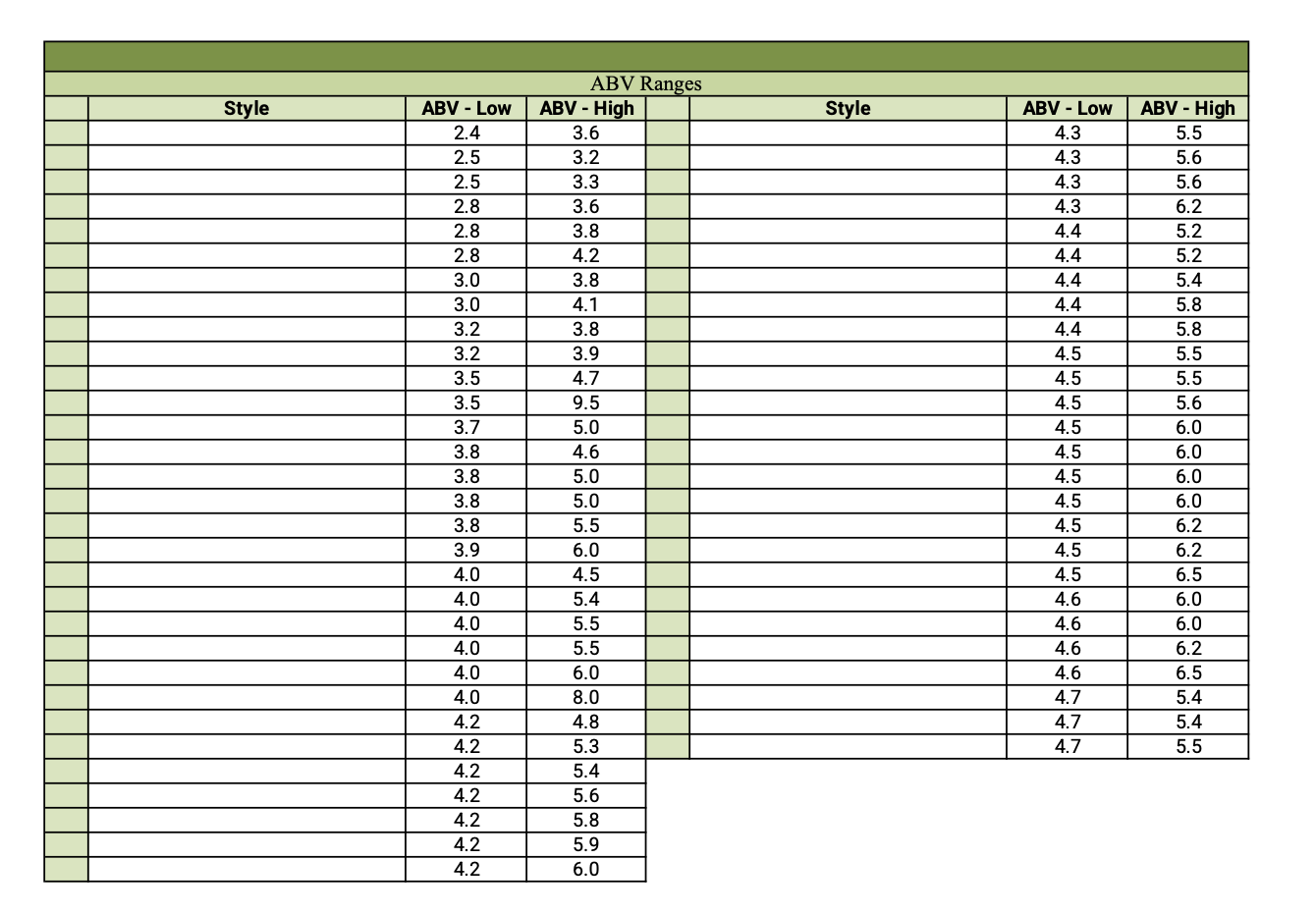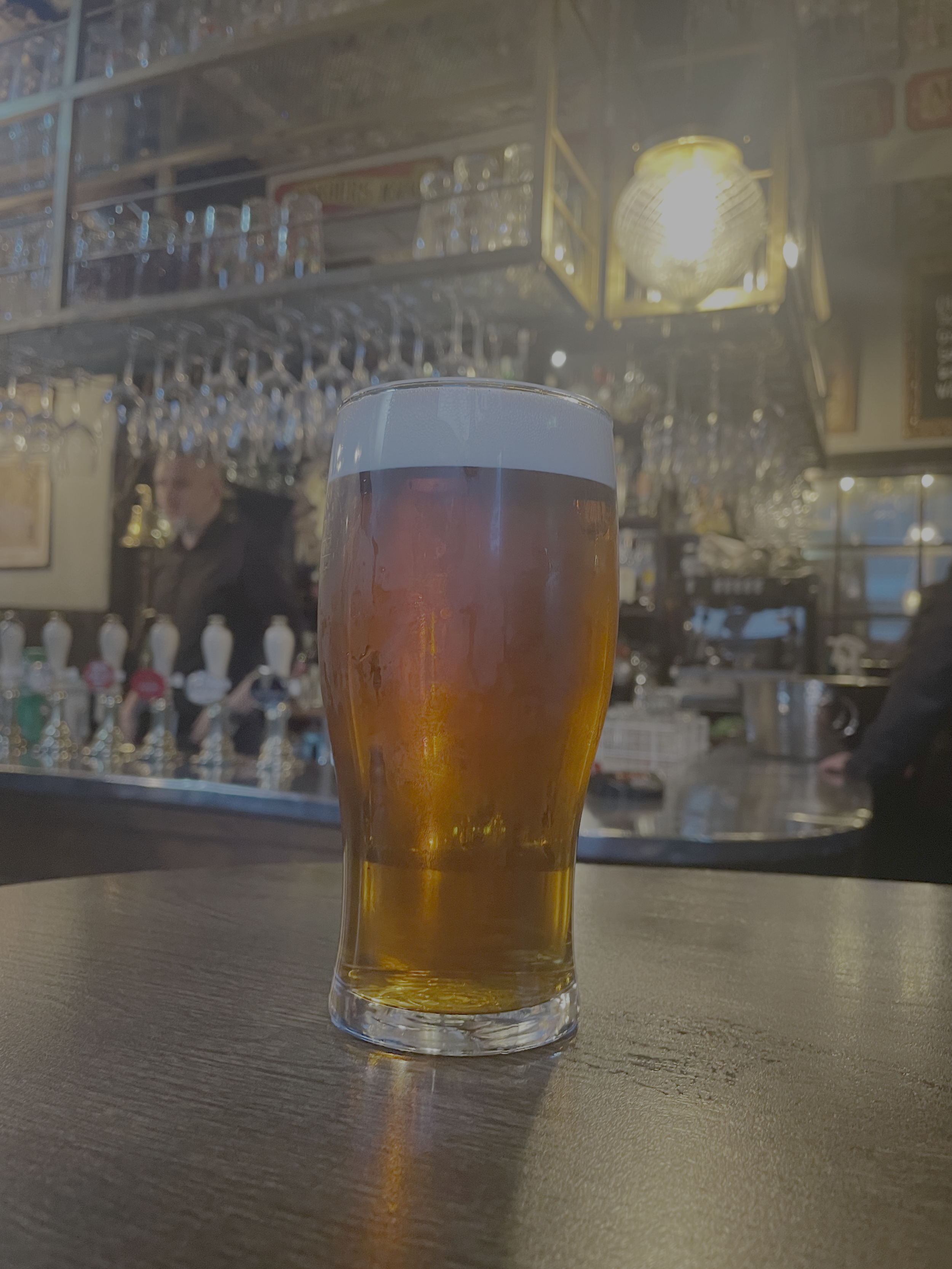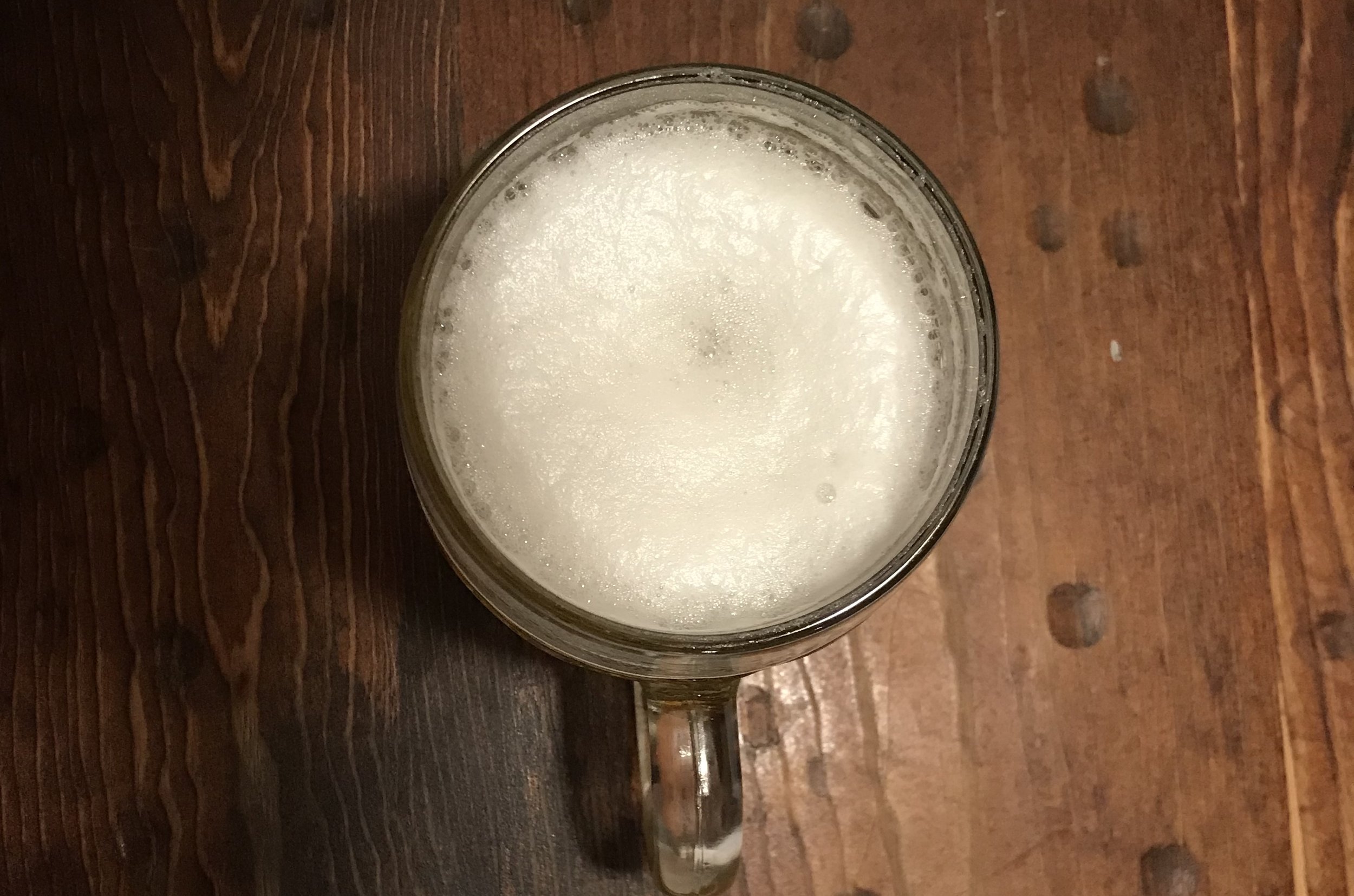 Image 1 of 1
Image 1 of 1


Beer Style Comparison Chart
Ways to use this chart
Comparing and contrasting similar beer styles, such as:
Quantitative traits of each group (ABV, IBU, SRM)
Regions where each style originated
Commonalities and differences between aroma, appearance, flavor, and mouthfeel
Commonalities and differences between characteristic ingredients, i.e. malt, hops, water, and yeast
Unique or novel ingredients and processes
Commercial examples of each style
Creating tasting panels for style comparisons or blind tastings, such as:
Style comparison tasting, i.e. tasting an American Amber Ale, American Brown Ale, American Pale Ale, and California Common side-by-side
Blind tasting practice, i.e. is this sample an example of an American Amber Ale, American Brown Ale, American Pale Ale, or California Common?
Ways to use this chart
Comparing and contrasting similar beer styles, such as:
Quantitative traits of each group (ABV, IBU, SRM)
Regions where each style originated
Commonalities and differences between aroma, appearance, flavor, and mouthfeel
Commonalities and differences between characteristic ingredients, i.e. malt, hops, water, and yeast
Unique or novel ingredients and processes
Commercial examples of each style
Creating tasting panels for style comparisons or blind tastings, such as:
Style comparison tasting, i.e. tasting an American Amber Ale, American Brown Ale, American Pale Ale, and California Common side-by-side
Blind tasting practice, i.e. is this sample an example of an American Amber Ale, American Brown Ale, American Pale Ale, or California Common?









